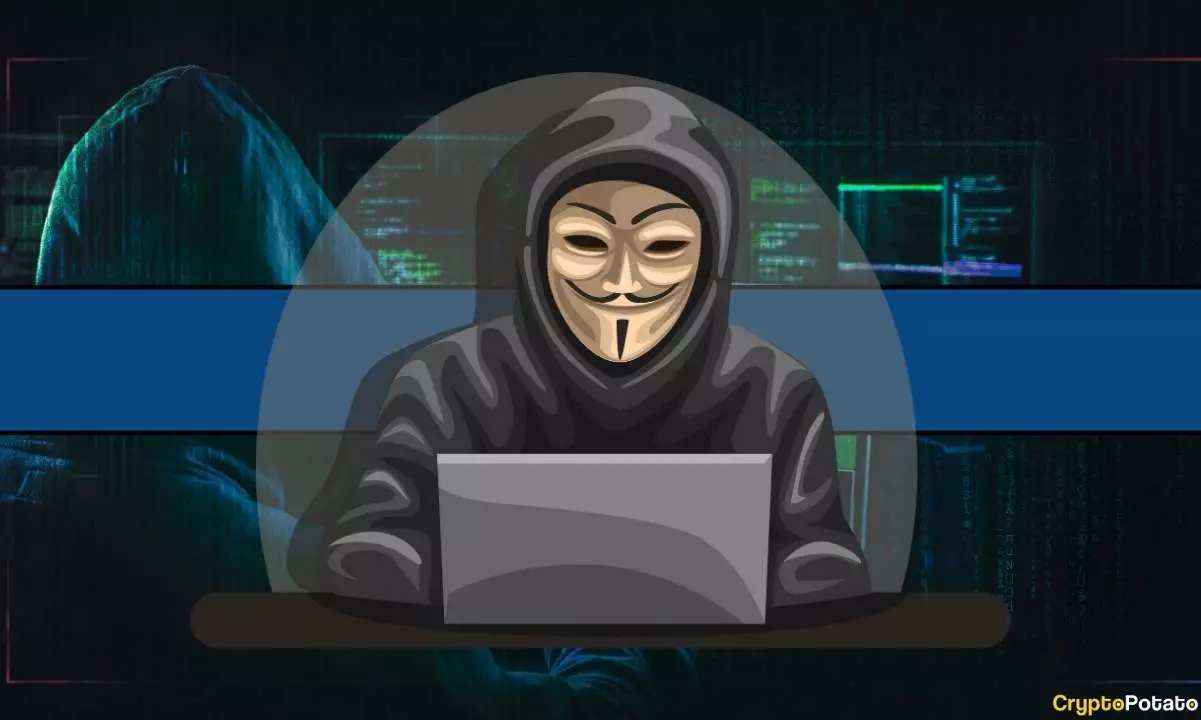The recent exploit of $9.5 million from the Resupply protocol has sent shockwaves throughout the decentralized finance (DeFi) community, raising questions about the robustness of security measures in this burgeoning financial sector. Resupply, which was linked closely with major players like Convex Finance and Yearn Finance, serves as a stark reminder that despite the promise of decentralized solutions, vulnerabilities can and often do compromise users’ trust. The exploit’s manipulation of exchange rates in a low-liquidity environment has illuminated fundamental flaws that deserve thorough scrutiny.
The Mechanics of the Attack
In a rather disconcerting twist, the attack began with a calculated move: a flashloan of $4,000 USDC was taken from Morpho. What followed was a sharp inflation of the cvcrvUSD token’s price through a series of well-orchestrated transactions that exploited the protocol’s own mechanics. By using these inflated values as inputs for critical calculations, the attacker bypassed traditional checks, essentially gaming the system and extracting nearly $10 million in reUSD tokens against almost no collateral. This representation of systemic failure should be a wake-up call for both developers and investors in the DeFi space; if protocols are so easily exploitable, what is to stop similar incidents from occurring in the future?
The Fallout: From Exploitation to Consolidation
The aftermath of the exploit witnessed a swift consolidation of the ill-gotten gains. The attacker channeled roughly $5.56 million to one address and $4 million to another, with notable efforts to obfuscate their trail by making use of Tornado Cash for further anonymity. Such tactics illustrate the lengths to which bad actors will go to shield their identities in the crypto world, shifting the burden of safety onto the platforms that offer these financial instruments. It raises an uncomfortable yet crucial question: how accountable are these decentralized entities for the security of their users’ investments?
The Broader Context: A Trend of Vulnerability
The attack on Resupply was not an isolated event. Just over a week earlier, the Iranian crypto exchange Nobitex suffered a staggering $49 million breach attributed to hacking groups with clear political motivations. Moreover, earlier incidents, such as the $223 million exploit targeting the Sui-based DEX Cetus, indicate a troubling trend where decentralized platforms are continuously under siege by sophisticated actors. The repeated targeting of these emerging financial ecosystems reveals an alarming prerequisite for security that not only needs addressing but requires a paradigm shift in how we think about and implement security protocols in DeFi.
The Role of Security Firms: A Double-Edged Sword
Blockchain security firms like BlockSec Phalcon and CertiK have been quick to offer analyses of exploits, providing crucial insights into how these breaches occur and outlining the characteristics of the attackers. However, one must wonder if these firms are merely scratching the surface of a significantly deeper issue. Their reports are essential for understanding the vulnerabilities in DeFi protocols, but they can also create a false sense of security among investors who may believe that existing solutions are sufficient. As the DeFi space expands, a more rigorous scrutiny of security practices and protocols is needed—one that moves beyond reactive measures and seeks proactive frameworks.
The Need for Accountability in the Decentralized Future
As decentralized finance continues to flourish as an alternative to conventional finance, it is imperative to recognize the risks involved. The recent exploit involving Resupply should not simply serve as a cautionary tale but rather as a catalyst for change. The crypto community must start redefining the narrative surrounding security in DeFi, shifting from a “trust me” mindset to one grounded in rigorous, transparent, and accountable practices. Until this fundamental shift occurs, both investors and developers will remain vulnerable to cycles of exploitation and loss, compromising the very principle of decentralized finance that seeks to empower individuals over centralized entities.

